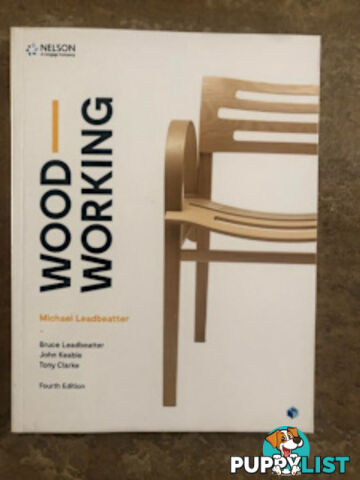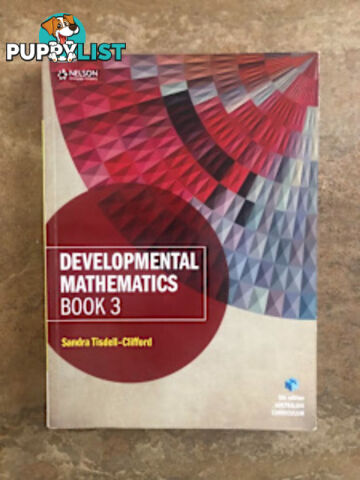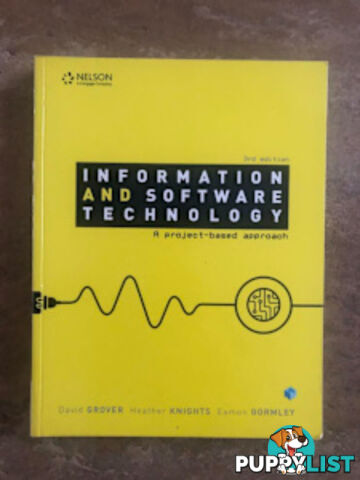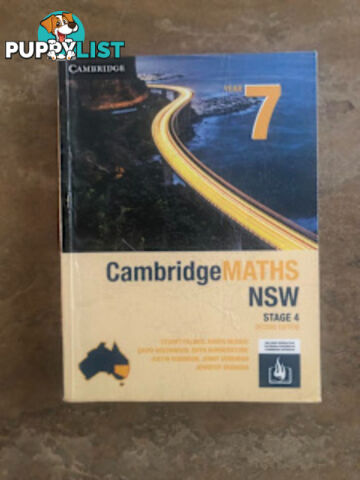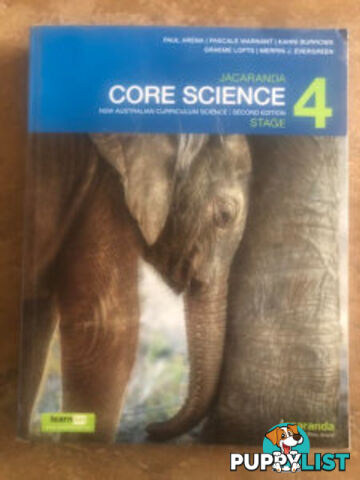This ad is on hold, please check again later.
Age News Breaker, The ( Study Guide)
$7.50
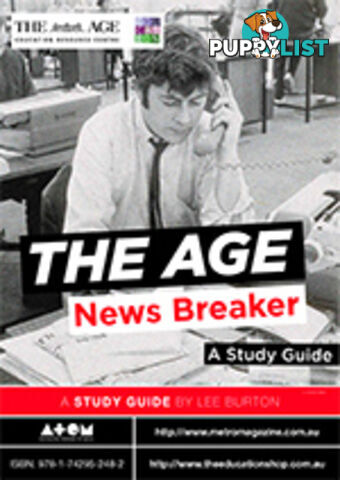
DESCRIPTION
The Age has opened up its extensive historical database and its journalists have provided unique insider information to create The Age News Breaker resource. The resource is a window into the creation and evolution of the print, online and digital forms of The Age, and explores how The Age is responding to the challenges of the 24-hour news cycle and the digital revolution. The Age, as a twenty-first century news organisation, reveals how it is responding to its audiences across all platforms while maintaining its core values of providing news, analysis and entertainment. As teachers, we need to be encouraging the next generation of newspaper readers and media users to develop an interest in their world and to practise and increase their literacy and reading skills. Young readers need a chance to pick up and discover the newspaper. Nowadays many of them are accessing news – if they are accessing news at all – on TV or online rather than through newspapers. Newspapers do not just report news. They research, analyse and project issues and events to make sense of them for their readers. This takes time and very skilled journalists backed by committed editors. Unlike broadcast forms of media such as radio and TV, newspapers have the opportunity to provide in-depth coverage of news. The internet can publish unlimited text, video, audio and other materials, but not in a form that readers can readily keep and refer to. Consider that a 5000 word feature article would take at least one hour to convert to broadcast for radio or TV. Print also offers readers the opportunity to read whatever and whenever they like. This means that readers can re-read a paragraph if they want to check something or rethink it. Nowadays, reading The Age may mean reading The Age digital edition, which offers all of the advantages of the paper edition but in a digital form. The Age News Breaker posters and teacher guide are a valuable resource for teachers of Years 6–10 for subjects and topics across a broad range of curriculum areas. News Breaker provides an opportunity to get students to engage with newspapers – in their print, digital and online versions – and to empower them as critical media users and creators. Teachers should be guided by the existing knowledge and skills of their students when deciding which discussion points and activity sheets will be relevant to them. Several of the activity sheets are relevant to more than one poster, so The Age recommends that teachers consider which ones will support their students in studying and analysing the information they present.- POSTER 1: The history of news – an illustrated timeline showing the history of news and how it has been distributed over the years. PLUS: what is news?
- POSTER 2: The newsroom – how The Age's 'digital first' newsroom functions and a look at the many roles in the newsroom
- POSTER 3: The news gatherers – reporters, photographers and videographers: a day in the life of Age journalists, capturing the breadth and depth of the roles
- POSTER 4: The business – inside the sales and marketing area, looking at how advertising and marketing works, and how the news operation is funded
- POSTER 5: The investigative unit – dissecting the work of The Age investigative team
- Reading, writing and speaking
- Media texts
- Narrative
- Genre
- Representation
- Critical literacy
- Media and digital literacies
- History of production of print media
- Narrative and genre
- Codes and conventions
- Representation
- Media and audiences
- Social values and discourses
- Media influence
- New media
- Students explore how media and information and communication technologies can influence public opinion. They analyse media portrayal of issues to identify viewpoints, bias and stereotypes and investigate ways in which the media and ICT are used to influence citizens' views.
- Students explore the ways in which media and information and communication technologies are used by individuals, groups and governments to exert influence, shape opinion and manage controversy.
ADDITIONAL INFORMATION
- Price
- $7.50
- Condition
- New
- Delivers To
- Australia Wide


